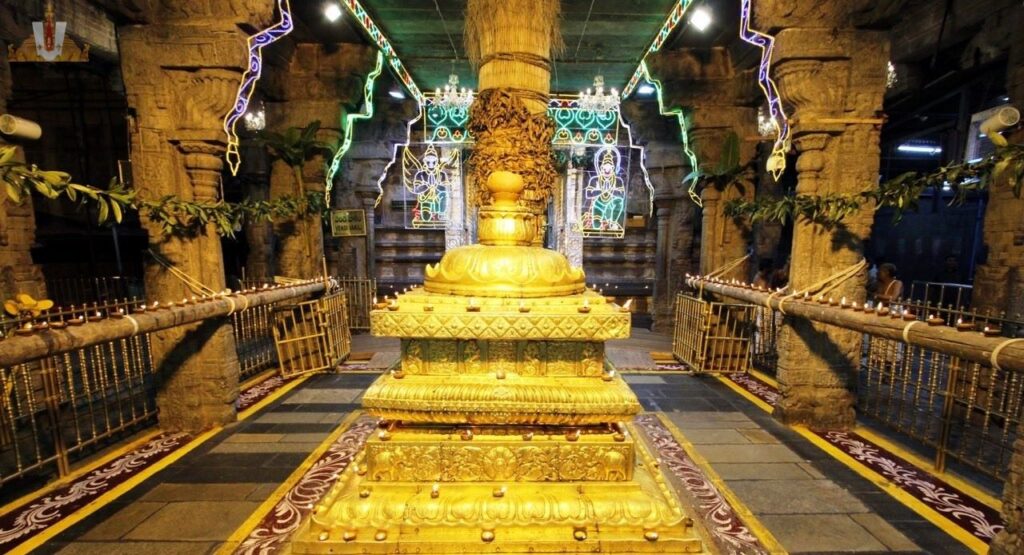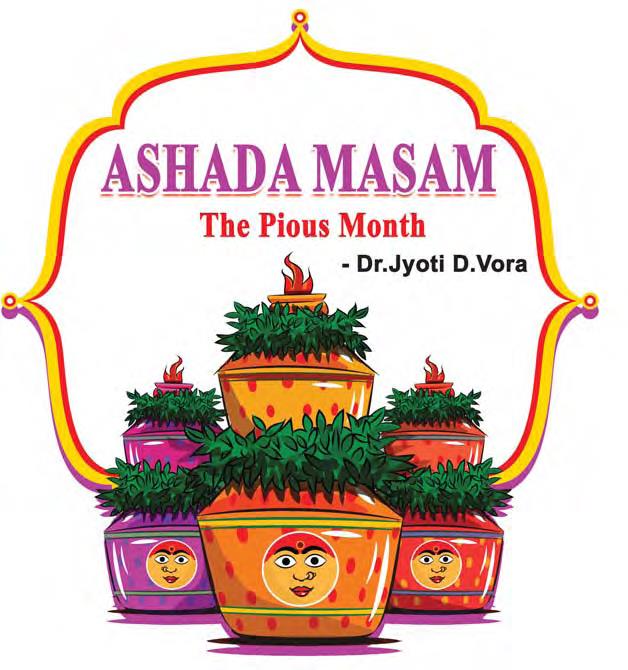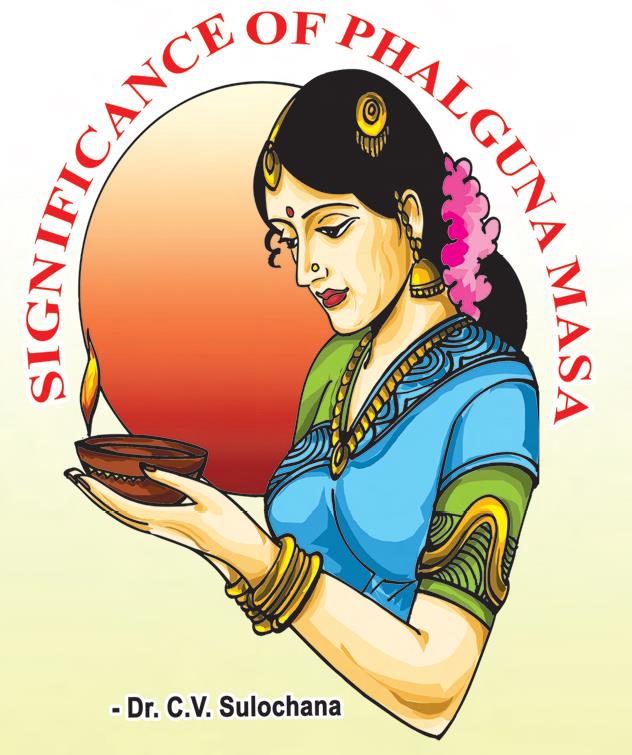Pausha Purnima: Significance and Rituals Explained Winter, shishir ritu, is in full swing. In north India, it is the coldest month of the year. In the south, the nights are steadily becoming cooler even if days are warm or even hot, especially towards the afternoon. Early morning mist is common in many places, sometimes dense Read More
Category: Masam
Magha Masam – The Sacrosanct Month
Magha Masam On the occasion of Magha Masam The eleventh month in the Hindu calendar is Magha. It is considered a pious month for taking holy baths in rivers and seas. During Magha Masam, Lord Vishnu is offered prayers with devotion and reverence. It is believed that Maa Parvati Mata had incarnated as Sati during Read More
Karthika Pournami 2024 – The Full Moon Festival of Lights
Asatomaasadgamaya Tamasomaajyotirgamaya Mrityorma amritamgamaya Om Shanti:Shanti: Shanti:!! ‘Lead me from untruth to truth, from darkness to light, and from death to immortality! Om! Peace! Peace! Peace!’ Karthika Pournami on on 15-11-2024 Karthika Pournami As we can infer from the meaning, leading a person from darkness to light may be taken literally and figuratively. Leading a Read More
Significance of Kartika Purnima
Kartika Purnima / Kartika Pournami The names of Hindu calendar months are derived from a particular Nakshatra which occurs on the day of the Poornima. The months of Chaitra, Visakha, Jyeshta, Aashada, Sravana, Bhadrapada, Ashvaija, Krithika, Mrugasirsha, Pushya, Magha and Phalguna derive their names from the corresponding stars that occur on the day of Poornima Read More
Ashada Masam – The Pious Month
Ashada Masam In Hinduism, the lunar month of Ashada (also known as Ashadha or Aadi) holds great religious and spiritual significance. It is considered an auspicious month among the list of months in our ‘Sanatana’ calendar and is celebrated with reverence and devotion by millions of people across the country. Ashada Masam falls during June Read More
Significance of Phalguna masa
Phalguna masa Generally every month in our Hindu calendar is specified to a certain vow or worship. In that way, Phalguna masa is specified to the worship of Lord Maha Vishnu. Phalguna masa is the last month of the year according to the Telugu calendar. As a full moon day occurs either in Purva Phalguni Read More



